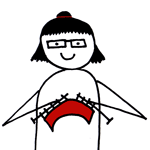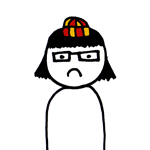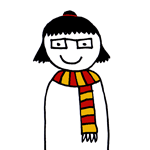Asymmetric Graph Paper
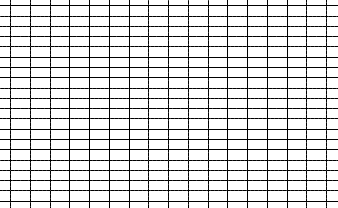
On regular graph paper each division is a square. On asymmetric graph paper each division is a rectangle. Made to the correct scale, asymmetric graph paper is a useful tool to design knitting
Setting up Graph Paper
Ideally you want graph paper where each rectangle is the same size as one stitch of knitting. To set this up follow these steps...
(You can take measurements in either centimeters or inches, but you must then use the same unit for all calculations.)
- Knit a tension patch and use it to work out your stitch height (SH).
- Work out how many height divisions (GH) there will be in each cm/inch by doing the sum GH = 1 ÷ SH.
- Use you tension patch to work out your stitch width (SW) in the same unit.
- Work out how many width divisions (GW) there will be in each unit by doing the sum GW = 1 ÷ SW.
- Visit an online graph paper generator. Free generators can be found at Incompetech.com or WorkSheetWorks.com.
- Enter your values for GH and GW in the boxes for grid spacing and generate your graph paper.
- Start using your graph paper to draw out designs!
Why not use Regular Graph Paper?
There are several problems with using square graph paper. Firstly stitches are wider than they are tall so if you draw out a picture on regular graph paper the design will become warped when you knit it.
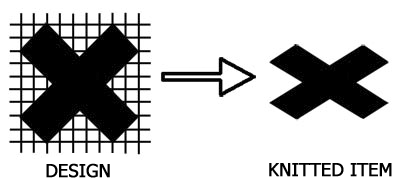
Secondly it is unlikely that generic graph paper would have divisions the same size as a knit stitch so it is difficult to judge scale.
© 2010 All desgins and images are copyright of ODDknit.
